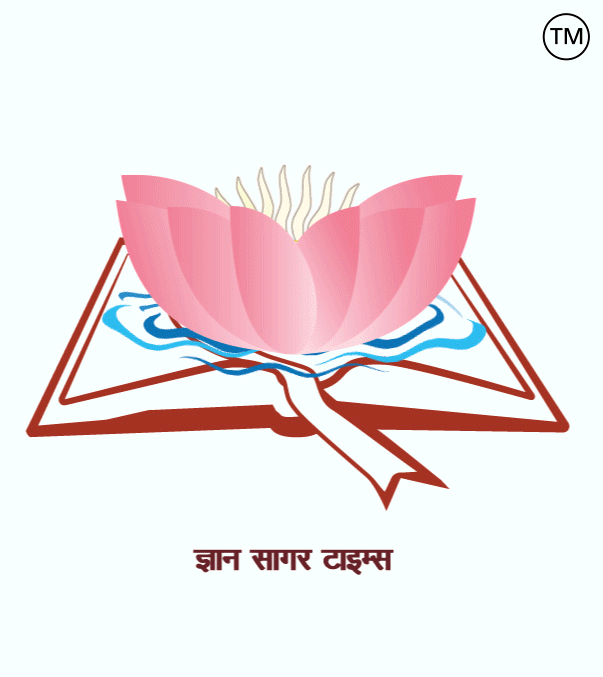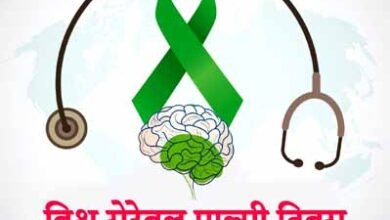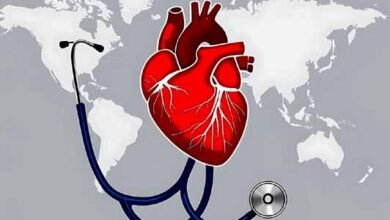
विश्व थैलेसिमिया दिवस…
विश्व थैलेसीमिया दिवस हर वर्ष 8 मई को मनाया जाता है. यह दिन थैलेसिमिया के प्रति जागरूकता बढ़ाने और इस बीमारी से प्रभावित लोगों के प्रति समर्थन और सहानुभूति दिखाने के लिए समर्पित है. थैलेसीमिया एक ऐसी बीमारी है जो शरीर की हीमोग्लोबिन बनाने की क्षमता को प्रभावित करती है, जिससे एनीमिया (खून की कमी) हो जाती है.
थैलेसिमिया एक आनुवंशिक रक्त विकार है, जिसमें शरीर में हीमोग्लोबिन का उत्पादन ठीक से नहीं हो पाता. यह माता-पिता से बच्चों में आनुवंशिक रूप से स्थानांतरित होता है और इसके कारण एनीमिया जैसी स्थिति उत्पन्न होती है, जिससे रोगी को बार-बार रक्त चढ़ाने की आवश्यकता होती है.
थैलासीमिया मुख्य रूप से दो प्रकार का होता है. a. अल्फ़ा थैलासीमिया, b. बीटा थैलासीमिया. थैलासीमिया के लक्षण रोग की गंभीरता के आधार पर भिन्न हो सकते हैं. कुछ सामान्य लक्षणों में – थकान और कमजोरी, पीली त्वचा (पीलिया), सांस लेने में तकलीफ, हड्डियों की विकृति (विशेषकर चेहरे और खोपड़ी में), धीमी वृद्धि और विकास, पेट फूलना (बढ़ा हुआ प्लीहा या यकृत) और बार-बार संक्रमण होना. भारत में 40 मिलियन लोग थैलेसिमिया वाहक हैं और 1,00,000 से अधिक लोग थैलेसिमिया मेजर से ग्रस्त हैं. हर वर्ष 10,000 बच्चे इस बीमारी के साथ जन्म लेते हैं.
विश्व थैलेसिमिया दिवस का उद्देश्य थैलेसिमिया के प्रबंधन और उपचार की बेहतर तकनीकों के लिए अनुसंधान को बढ़ावा देना, साथ ही साथ प्रभावित व्यक्तियों और उनके परिवारों को सहायता और संसाधन प्रदान करना है. विश्व भर में स्वास्थ्य संगठन, अस्पताल और समुदाय संगठन इस दिन विभिन्न गतिविधियाँ और कार्यक्रम आयोजित करते हैं जैसे कि शिक्षण सत्र, स्वास्थ्य शिविर.
========== ========= ===========
World Thalassemia Day….

World Thalassemia Day is celebrated every year on 8 May. This day is dedicated to raising awareness about Thalassemia and to show support and sympathy towards people affected by this disease. Thalassemia is a disease that affects the body’s ability to produce hemoglobin, leading to anemia (lack of blood).
Thalassemia is a genetic blood disorder in which the body is unable to produce hemoglobin properly. It is passed on genetically from parents to children and causes anemia-like condition, which requires frequent blood transfusions to the patient.
Thalassemia is mainly of two types. a. Alpha Thalassemia, b. Beta Thalassemia. The symptoms of Thalassemia may vary depending on the severity of the disease. Some of the common symptoms include – fatigue and weakness, yellow skin (jaundice), shortness of breath, bone deformities (especially in the face and skull), slow growth and development, enlargement (enlarged spleen or liver) and frequent infections. 40 million people in India are Thalassemia carriers and more than 1,00,000 people suffer from Thalassemia major. Every year 10,000 children are born with this disease.
The aim of World Thalassemia Day is to promote research for better techniques of management and treatment of Thalassemia, as well as provide support and resources to affected individuals and their families. Health organizations, hospitals and community organizations around the world organize various activities and events on this day such as educational sessions, health camps.





